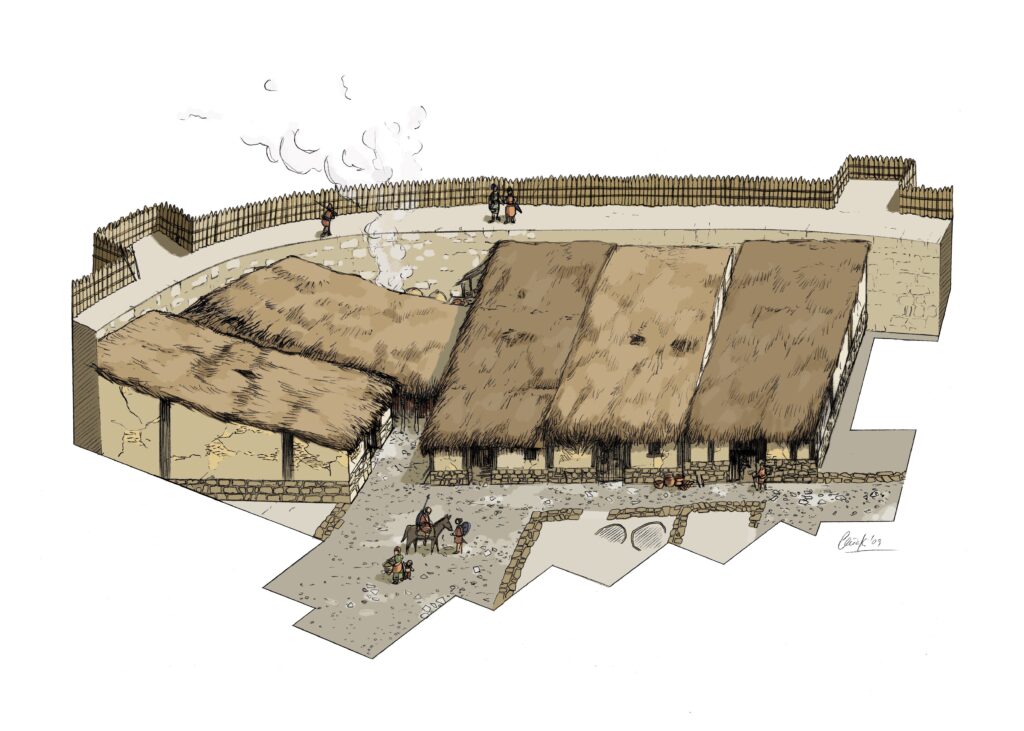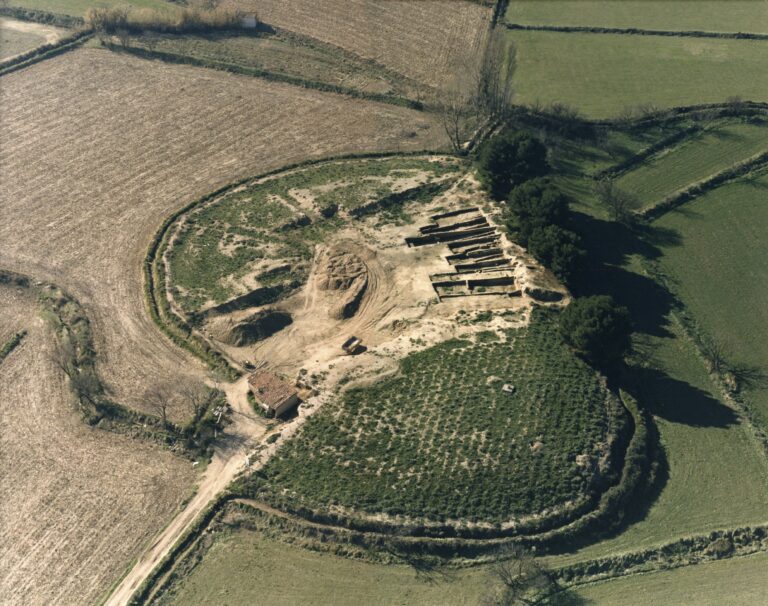Ancient DNA analysis reveals six cases of Down syndrome, three of which were from the Iberian Peninsula’s Iron Age, in Navarre
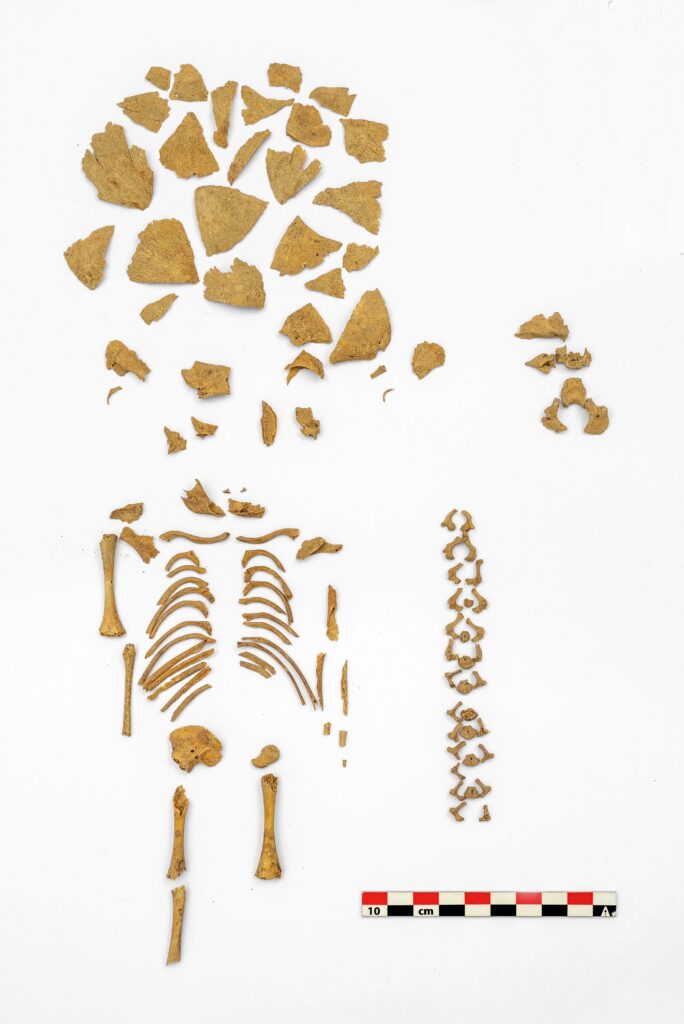
An international study with the participation of the Departament of Prehistory that has analysed the genome of nearly 10,000 ancient individuals to search for cases of chromosomal trisomies has identified six cases of Down syndrome, all from babies: five of them dating back to between 5,000 to 2,500 years ago, and one from a more recent period. Three of the prehistoric cases were found at sites dating back to the Early Iron Age in Navarre (ca. 2,800 to 2,500 years ago). Another less frequent and more severe case of Edwards syndrome was also found at one of the Navarrese sites, being the first in an archaeological population anywhere in the world. All of the babies died before or shortly after birth and were buried within the houses, some even accompanied by funerary offerings, demonstrating that they were appreciated members of their society.
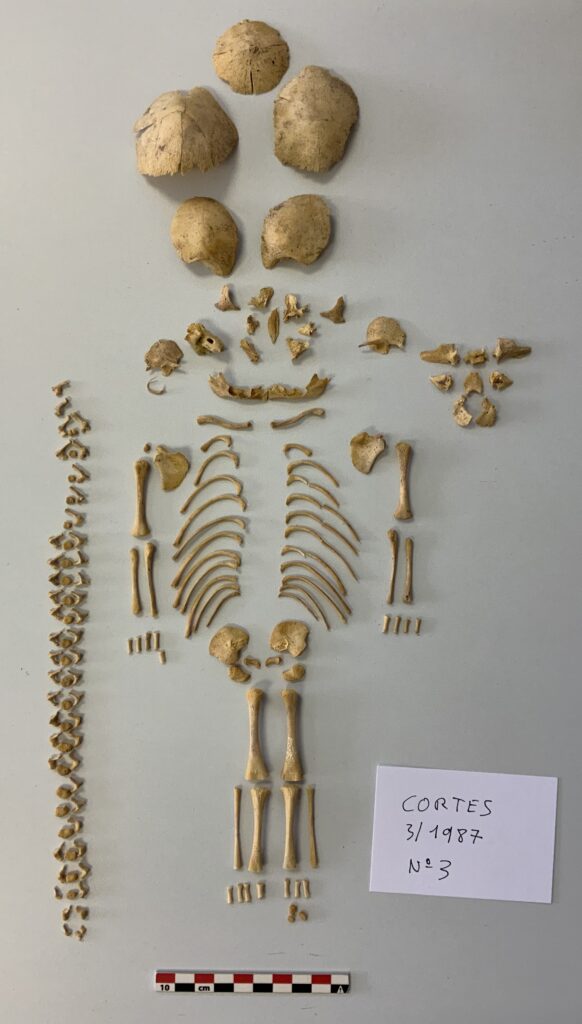
An international study with the participation of the Departament of Prehistory that has analysed the genome of nearly 10,000 ancient individuals to search for cases of chromosomal trisomies has identified six cases of Down syndrome, all from babies: five of them dating back to between 5,000 to 2,500 years ago, and one from a more recent period. Three of the prehistoric cases were found at sites dating back to the Early Iron Age in Navarre (ca. 2,800 to 2,500 years ago). Another less frequent and more severe case of Edwards syndrome was also found at one of the Navarrese sites, being the first in an archaeological population anywhere in the world. All of the babies died before or shortly after birth and were buried within the houses, some even accompanied by funerary offerings, demonstrating that they were appreciated members of their society.
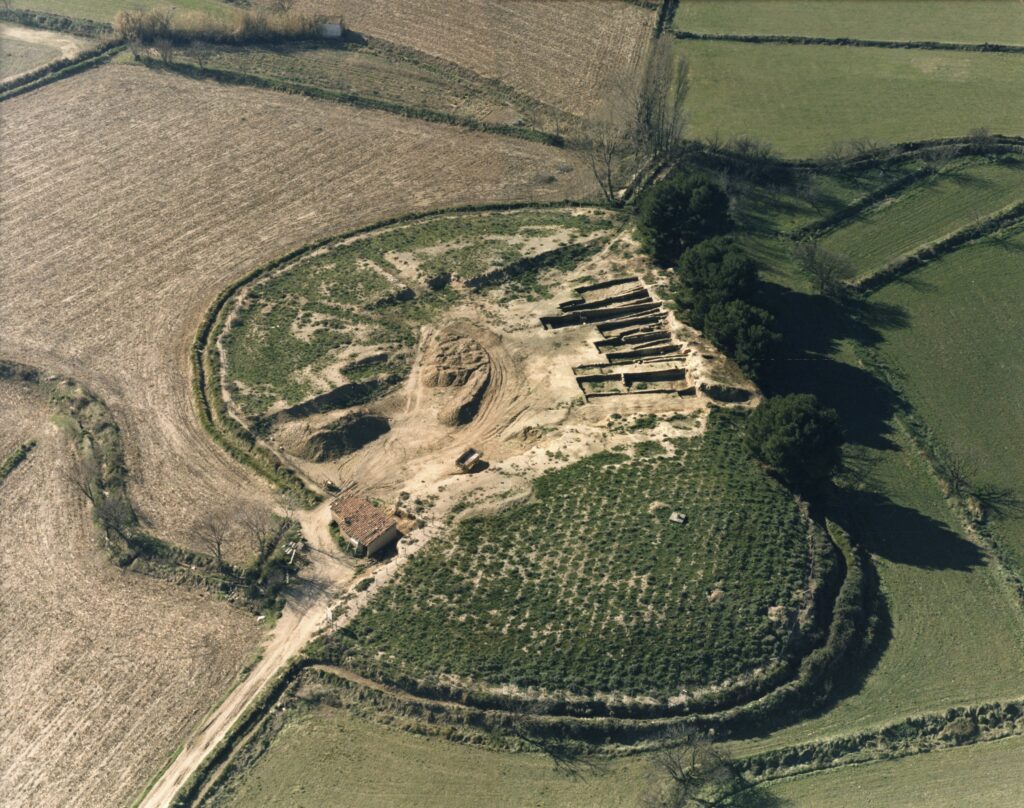
Bibliographic information:
Adam Benjamin Rohrlach et al. «Cases of Trisomy 21 and Trisomy 18 among Historic and Prehistoric Individuals discovered from Ancient DNA», Nature Communications (2023), DOI: 10.1038/s41467-024-45438-1
